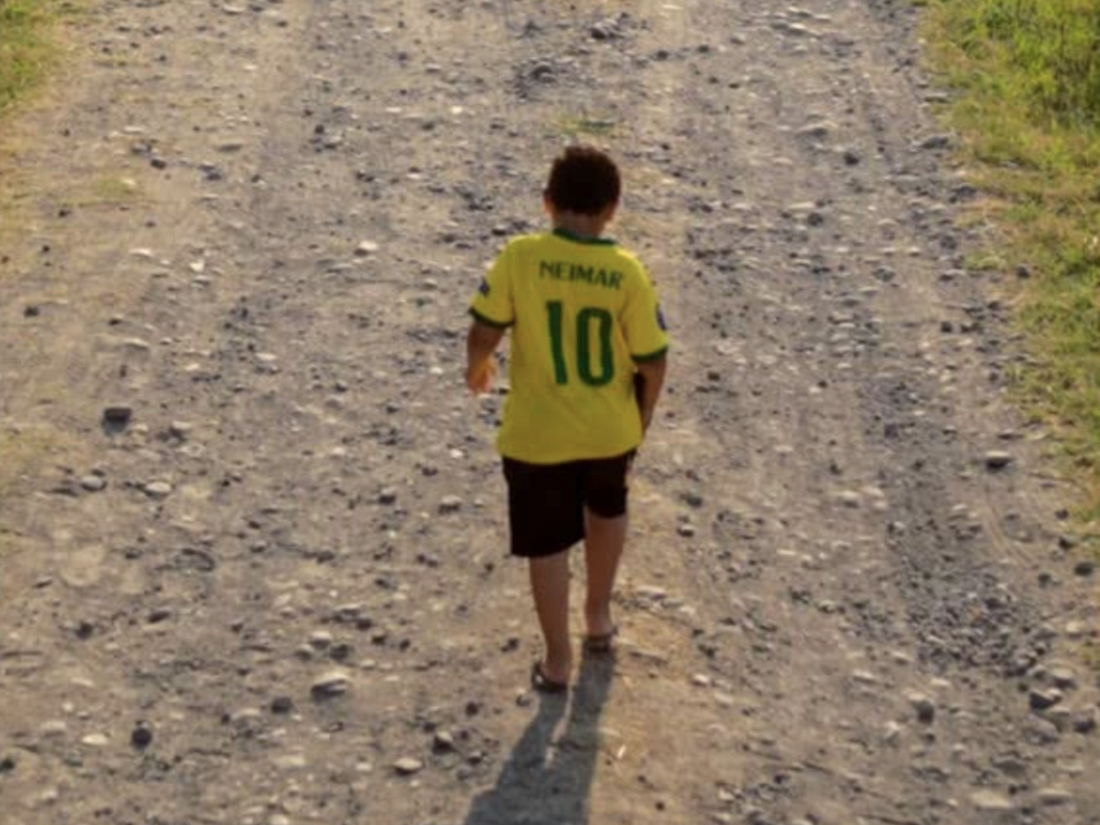
- Golden Globe Awards
The Realm of God (Mexico)
Claudia Sainte-Luce came to international attention at the 2013 Locarno and Toronto Film Festivals with her comedy-drama The Amazing Catfish which she wrote and directed. The film follows the life of a young woman named Claudia (Ximena Ayala) who becomes caretaker for Martha (Lisa Owen), an older matriarch dying of AIDS.
In Sainte-Luce’s current film, The Realm of God, we are asked again to witness the final days of an old woman who, this time, is seen through the eyes of her 8-year-old grandson named Heimar (Diego Armando Lara Lagoons).
Heimar’s father disappeared from the family long time ago which left Heimar’s mother emotionally drained and disconnected from her son. In his first confession, he named as his only sin the secret wish his mother would not be his mother.
His grandmother and Demi (Michelle Martínez Hernández), a girl from their poor provincial neighborhood, are his only human connections that count. But to express his feelings, Heimar needs the company of a neighbor’s mare, he needs the escape into a fantasy world, and he needs to feel the presence of God.
The problem: God is as silent as his grandma after her death and as the horse he had to relief of its injury pain with a mercy shot.
There is plenty of religion in Heimar’s school curriculum. Together with his classmates, he learns about Good and Evil, quotes the catechism, and recites the ten commandments flawlessly. He is inquisitive. He wants to know. One answer from the adults is, God is within him.
But while daydreaming, playing, selling Tamales, preparing for First Communion, he wonders how one knows if God really is inside of you. When the festive day of the First Communion comes, he is the first in line to receive “the body and the blood of Jesus” and he reappears at the end of the line again, explaining to the priest, he still doesn’t feel God inside him.
The film which is clearly geared to a young audience portrays a slice of existence in some rural part of Mexico. Most outdoor activities are populated with chicken, cats, cows, pigs, and horses. All of the characters walking in and out of the scenery are kind-hearted. There is stillness in the scenes, only cars that pass by on the dirt roads, are “wicked”, according to Heimar.
And despite his one-time revolt against his faith, deep religious belief is assumed as a fact. For the good folks in this village and it seems, for the film maker, too.